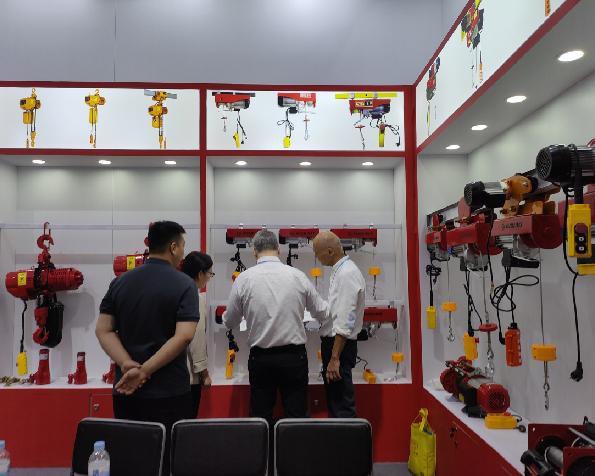


Understanding Pallet Truck Lifting Equipment
Pallet truck lifting equipment, often referred to as pallet jacks, plays an essential role in material handling and logistics within warehouses, manufacturing facilities, and retail environments. These versatile tools are designed to lift and transport palletized goods efficiently, making them a vital component in optimizing productivity and ensuring smooth operations in various industries.
1. Types of Pallet Trucks
There are primarily two types of pallet trucks manual and electric.
- Manual Pallet Trucks These are the most common type, operated by a hand pump to lift the forks. They are generally more affordable and require no external power source, making them a popular choice for small to medium-sized businesses. Manual pallet trucks are available in various capacities, typically ranging from 2,500 to 5,500 pounds. They are suitable for flat surfaces and can maneuver in tight spaces, making them ideal for most warehouses.
- Electric Pallet Trucks Also known as powered pallet jacks, these machines are equipped with electric lifts and drives, allowing for less physical effort by the operator. They are particularly beneficial for lifting heavier loads and working across larger areas, providing greater efficiency. Electric pallet trucks can be either walk-behind or ride-on models, catering to different operational needs and environments.
2. Benefits of Using Pallet Trucks
- Increased Efficiency Pallet trucks streamline the movement of goods, reducing the time and labor needed for loading and unloading. This increased efficiency translates to faster turnaround times and better workflow management.
- Reduced Risk of Injury By minimizing the physical strain on workers, pallet trucks help prevent workplace injuries related to manual handling
. Operators can handle heavier loads safely, using proper lifting techniques attributed to the design of the equipment.
- Versatility Pallet trucks can operate in a variety of environments, including warehouses, retail spaces, and manufacturing floors. Their compact design allows them to navigate narrow aisles and tight spaces where larger equipment cannot fit.
- Cost-Effective Compared to other lifting equipment, pallet trucks are relatively inexpensive. Maintenance costs are also lower, especially for manual types that don’t require complex servicing.
3. Choosing the Right Pallet Truck
Selecting the right pallet truck involves considering several factors, including load capacity, lift height, and operational requirements. Businesses should assess their unique needs—such as the types of pallets used, floor surface conditions, and the frequency of use—to find the most suitable model.
Additionally, businesses need to consider whether they require any special features, such as adjustable forks, specific wheel types for different surfaces, or enhanced safety features such as anti-tip designs or emergency brakes.
4. Proper Maintenance and Safety
Ensuring longevity and optimal performance of pallet truck lifting equipment requires regular maintenance. This includes checking for hydraulic fluid leaks, inspecting wheels and forks for wear, and ensuring that all moving parts operate smoothly. Operators should also be trained on safe usage practices to prevent accidents and enhance efficiency.
In conclusion, pallet truck lifting equipment serves as a backbone in the material handling process across various industries. Their ability to improve efficiency, enhance safety, and provide cost-effective solutions makes them indispensable assets. By understanding their functions and benefits, businesses can make informed decisions that enhance their operational capabilities and contribute to overall productivity. Whether opting for manual or electric models, investing in quality pallet trucks is a step towards smoother, safer, and more efficient operations.



